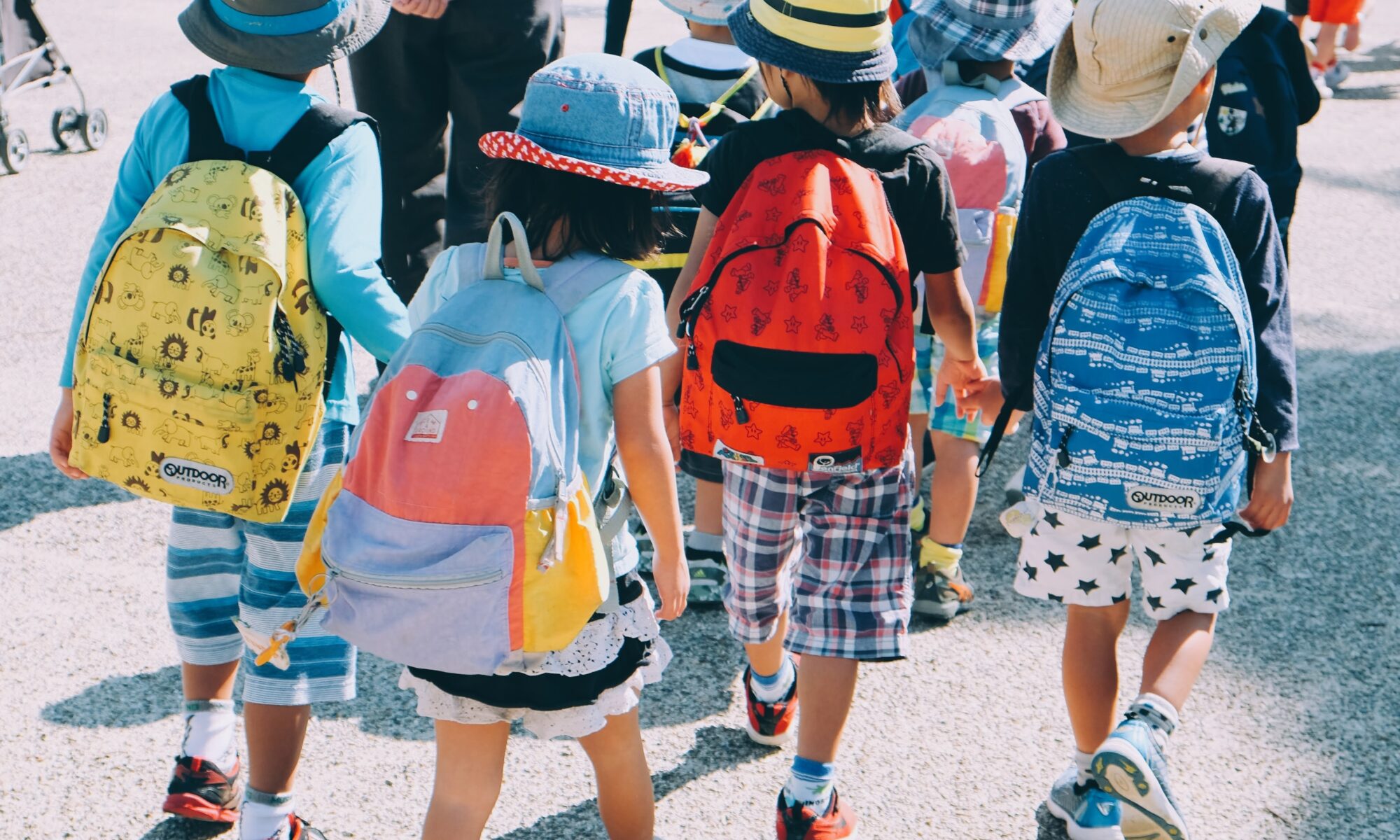ideas for an inclusive, student-centered classroom
Photo by note thanun on Unsplash
Idea 1: Value the Uniqueness of Your Students
One of the most self-explanatory steps in building a student-centered classroom is to notice the individuality of your students and celebrate that. Each student brings their own gifts and talents into the classroom. Looking back on my own educational experiences, I especially loved the teachers who took time to get to know me and pushed me to recognize all the assets I brought to the classroom. This can be as simple as giving every student a specific, positive comment each day. I also believe in greeting all students as they enter the classroom, which is a great way to get a read on what state of mind a student is in upon arriving to class. Here is a video showing a first-grade teacher who uses this practice in her own classroom.
Idea 2: Meet Your Students’ Basic Needs
Before real learning can happen, it is so important to meet your students’ basic needs. When I did field experience in a first grade class at César Chávez Elementary, my CT, Mrs. Johnson would always make sure that her students had enough food to eat for snack or lunch time and that they had an adequate coat when they were going outside to play. She knew that it would be much harder to teach her students if their basic needs were ignored. If she noticed a student who was struggling to focus, she would pull them aside and address what might be challenging them. a good amount of the time, they simply needed to grab some food from her snack drawer and then they were able to re-focus on their work.
Idea 3: Make the Classroom Environment One That Invites Student Success
The physical classroom environment can have a big impact on a student’s school experience. A few ideas that I want to implement in my own classroom include: having a diverse classroom library (it is so important for students to see themselves represented in the texts they read), filling the room with plants (having the students help take care of them can be a great source of responsibility), and adding string lights around the room (the florescent lighting typically found in classrooms can be harsh and headache-inducing). I also want to include a calming corner in my classroom with a beanbag chair, puzzles, a music player and headphones with soothing music (rain music always calms me down), and other manipulatives like a plastic bottle with glitter and little trinkets.
Idea 4: Don’t Tackle This Job Alone
As someone who refuses to ask for help in most scenarios, this idea can be hard for me to abide by. However, trying to be a teacher without relying on outside help not only gets in the way of your job success, it harms your students. If we want to be the best teachers possible, we must learn to ask for help from our fellow teachers, administrators, and parents. As cliché as it sounds, asking for helping is truly a sign of strength, not weakness. Here is one of my favorite teacher podcasts that sums up this idea really well.
Idea 5: Constantly Improve Your Teaching Practice
In order to build the best classroom possible, it is also important for the teacher to be a lifelong learner. To me, this involves being on the look-out for new tips and tricks, whether they come from podcasts, professional development events, or even TikToks. There is so much to be learned from other educators and we owe it to our students to constantly improve our teaching practice. For example, here is a TikTok with an example of how to teach fairness in the early elementary grades.
Podcasts are also a great tool for becoming a better teacher and I love that you can listen to them while driving, doing the dishes or going on a walk. Here is one I listened to in my ED 442 (Reading & Language Arts Methods) class that discusses how teachers should value the linguistic variety in their students rather than viewing it with a deficit mindset.


Hi Hailey! I love this post and I think that your ideas for your classroom are amazing. I love that you acknowledge how to make your students feel safe and seen through an inclusive environment and how you touch on your field experience and recognize that in order for student learning, their needs must be met. I also love that you plan on being a life long learner through improving your practice through research. You’re going to rock the teaching world!
Hailey,
A wise collection of tips. And I applaud that (while you don’t ask for help) you do find inspiration in what other teachers are doing to support their students.
Quick story: for years I taught HS history next door to one of the art classes. Tom, the art teacher next door was a master of building positive relationships with his students. A few minutes before class started, he would be in the hall outside his door. He greeted and shook hands with each student. When the bell rang, he closed the door and began class. So if students got there late, no handshake or greeting. His student were always on time.
Eventually, I smartened up and copied his idea. Worked like a charm for me as well.